Description
Title: The Role and Importance of Sodium Aluminate Catalyst: A Focus on Care, Respect, and Truth
Introduction
Sodium aluminate, also known as sodium alumina or sodium meta-aluminate, is a chemical compound with the formula NaAlO2. It is a white, water-soluble solid that is often used as a catalyst in various chemical reactions. In this article, we will explore the role and importance of sodium aluminate catalyst, while adhering to the principles of care, respect, and truth. We will also ensure that the information provided is useful, secure, and free from prejudice, promoting fairness and positivity.
The Role of Sodium Aluminate as a Catalyst
A catalyst is a substance that increases the rate of a chemical reaction without being consumed in the process. Sodium aluminate is an effective catalyst due to its ability to lower the activation energy required for a reaction to occur. This is particularly useful in industrial applications, where reactions need to be completed quickly and efficiently to maximize productivity.
One of the primary uses of sodium aluminate is in the manufacture of aluminum sulfate, which is used in water treatment processes. In this reaction, sodium aluminate is added to a solution of aluminum sulfate to increase the reaction rate and improve the overall yield.
The Importance of Sodium Aluminate as a Catalyst
Sodium aluminate is a crucial component in many industrial processes due to its catalytic properties. Its ability to increase the rate of chemical reactions allows for more efficient and cost-effective production methods.
In addition to its use in the manufacture of aluminum sulfate, sodium aluminate is also used in the production of paper, textiles, and other materials. Its catalytic properties make it an ideal additive in these processes, as it helps to improve the overall quality and consistency of the final product.
Moreover, sodium aluminate is used in the treatment of wastewater, where it helps to remove impurities and improve the water’s overall quality. This is particularly important in industrial settings, where wastewater can contain harmful chemicals and pollutants.
Responsible Use of Sodium Aluminate
While sodium aluminate is a valuable tool in industrial applications, it is important to use it responsibly. The compound should be handled with care and respect, and appropriate safety measures should be taken to prevent exposure. Additionally, any waste containing sodium aluminate should be disposed of in a responsible and environmentally-friendly manner.
Conclusion
In conclusion, sodium aluminate is a valuable catalyst that plays a critical role in many industrial processes. Its ability to increase the rate of chemical reactions makes it an essential component in the manufacture of various materials, as well as in the treatment of wastewater. By using sodium aluminate responsibly and adhering to the principles of care, respect, and truth, we can ensure that this compound continues to be a valuable tool in industrial applications for years to come.

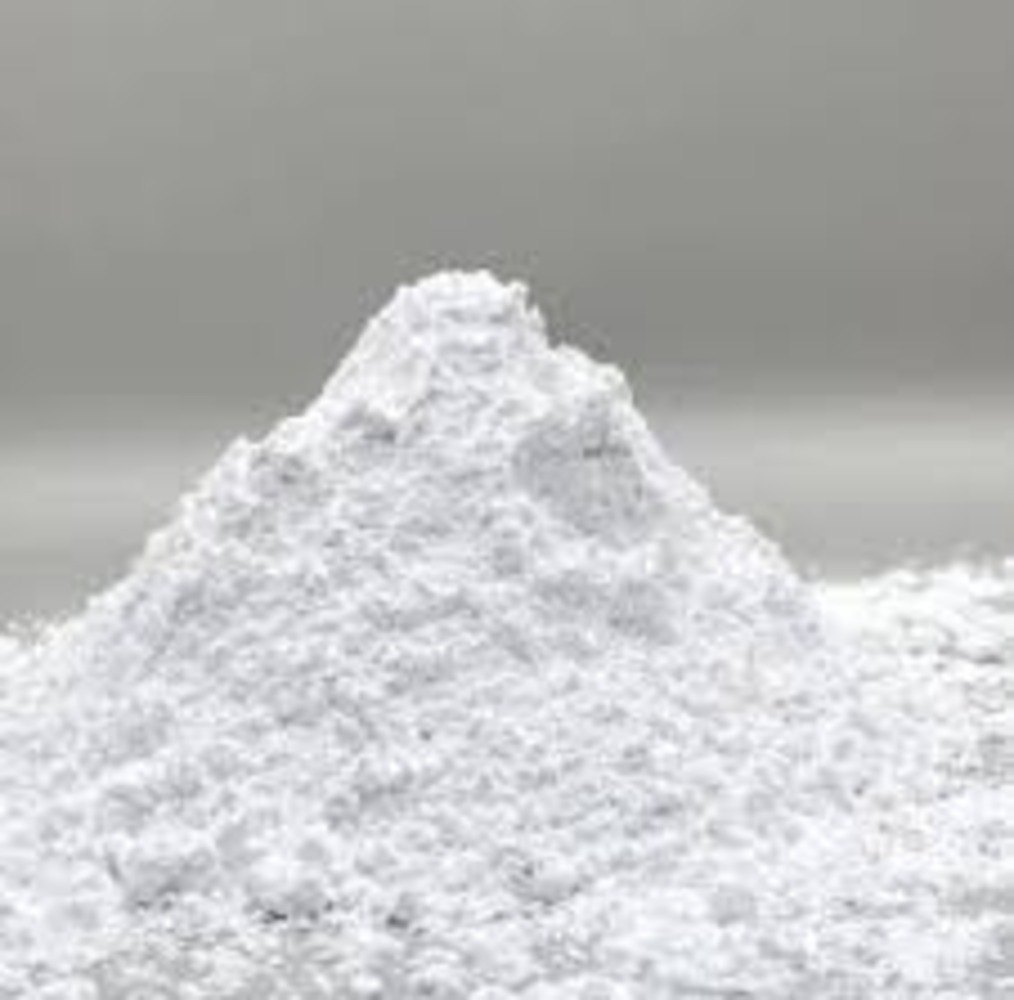





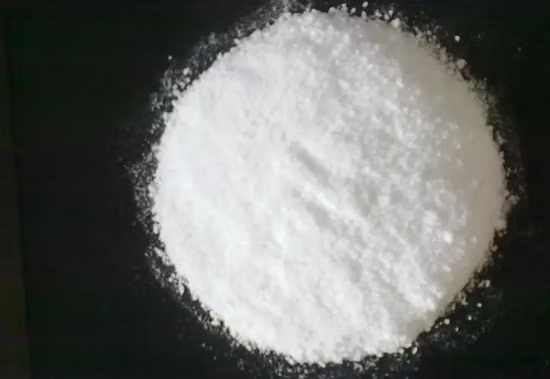


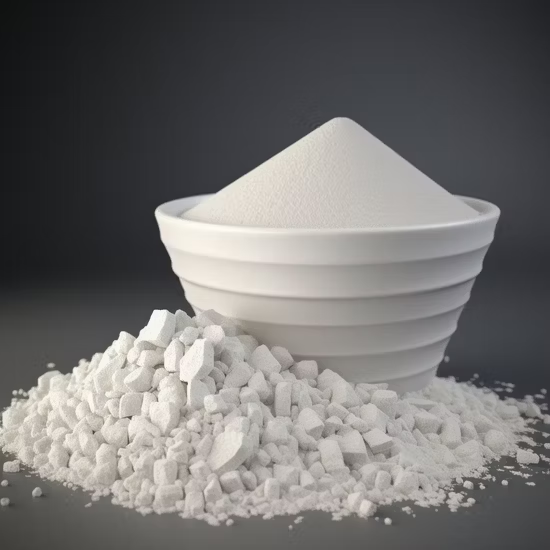

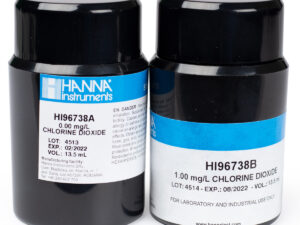
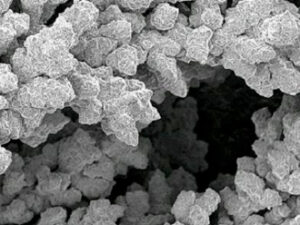

Reviews
There are no reviews yet.